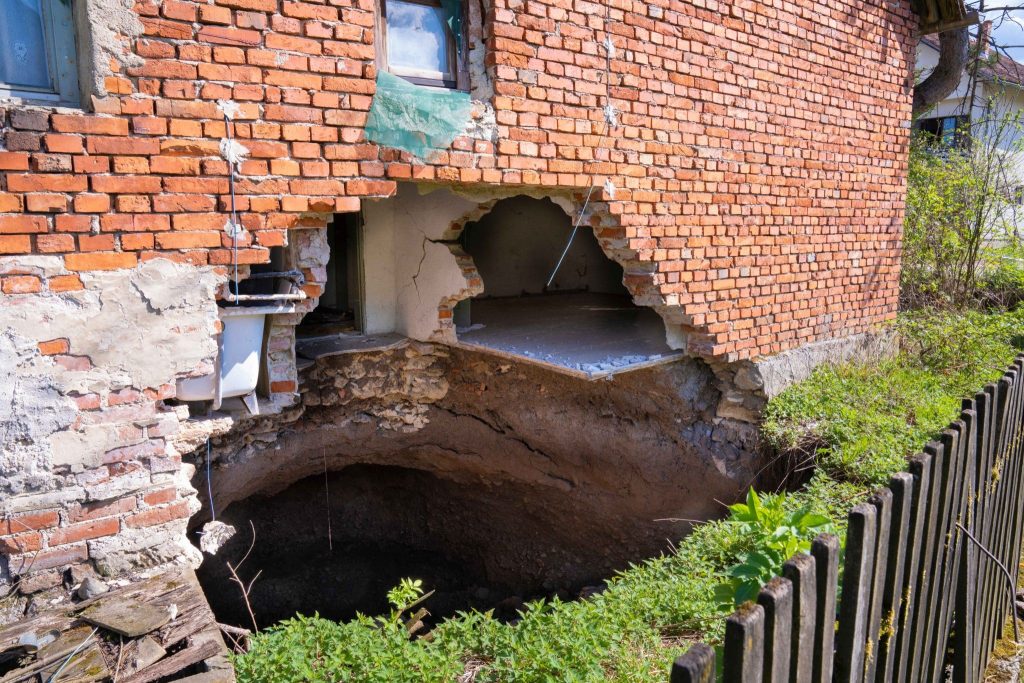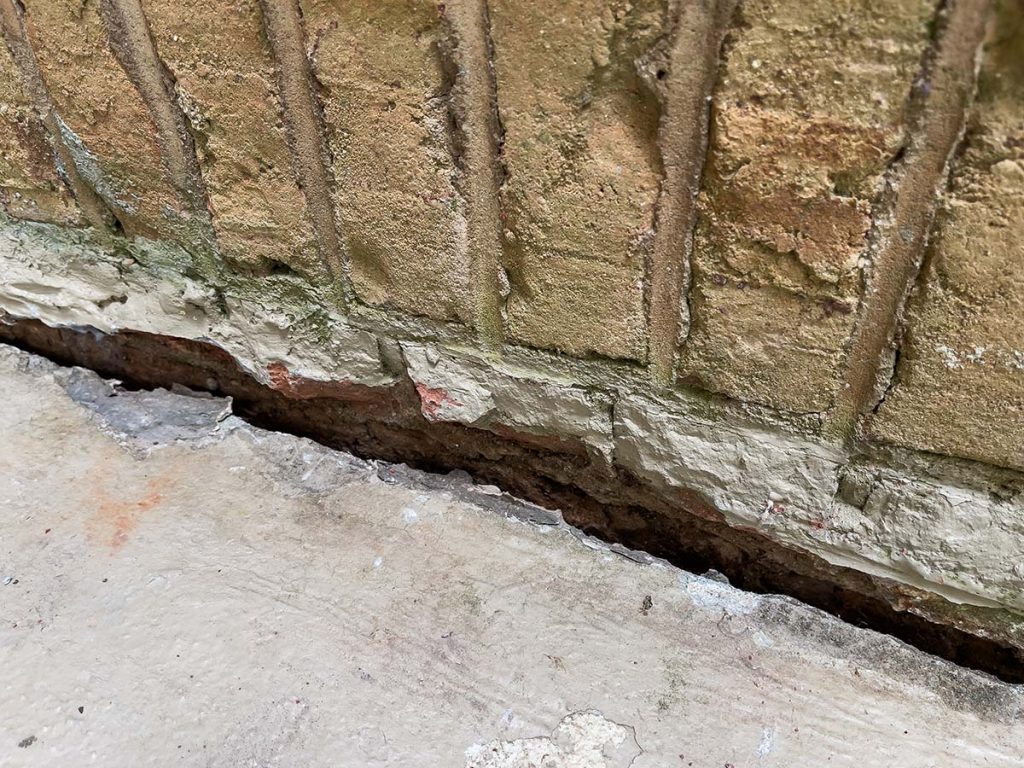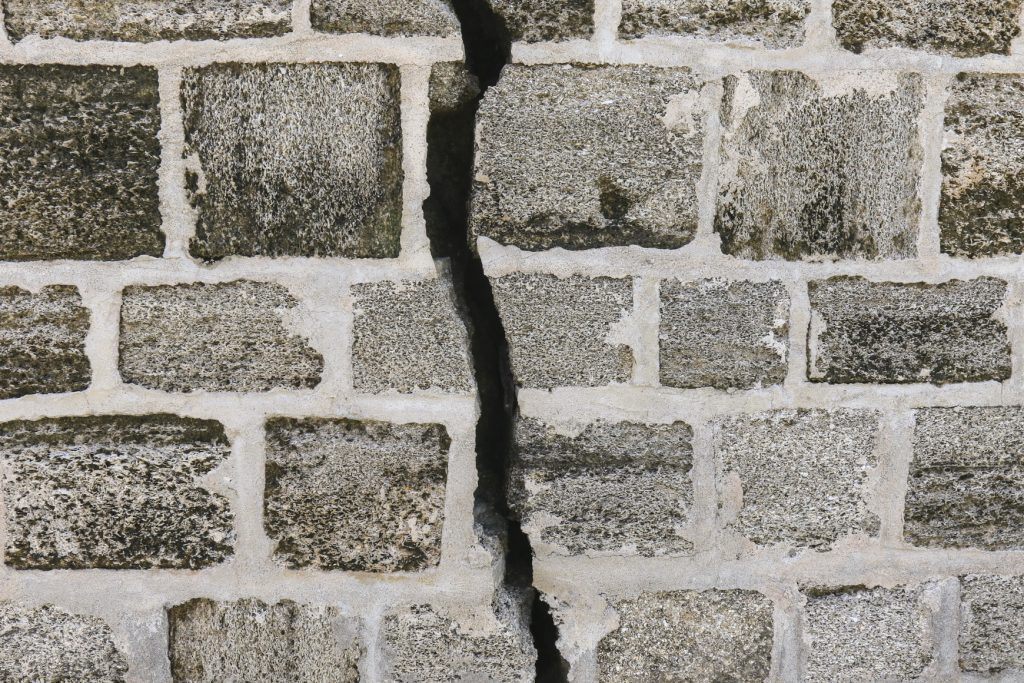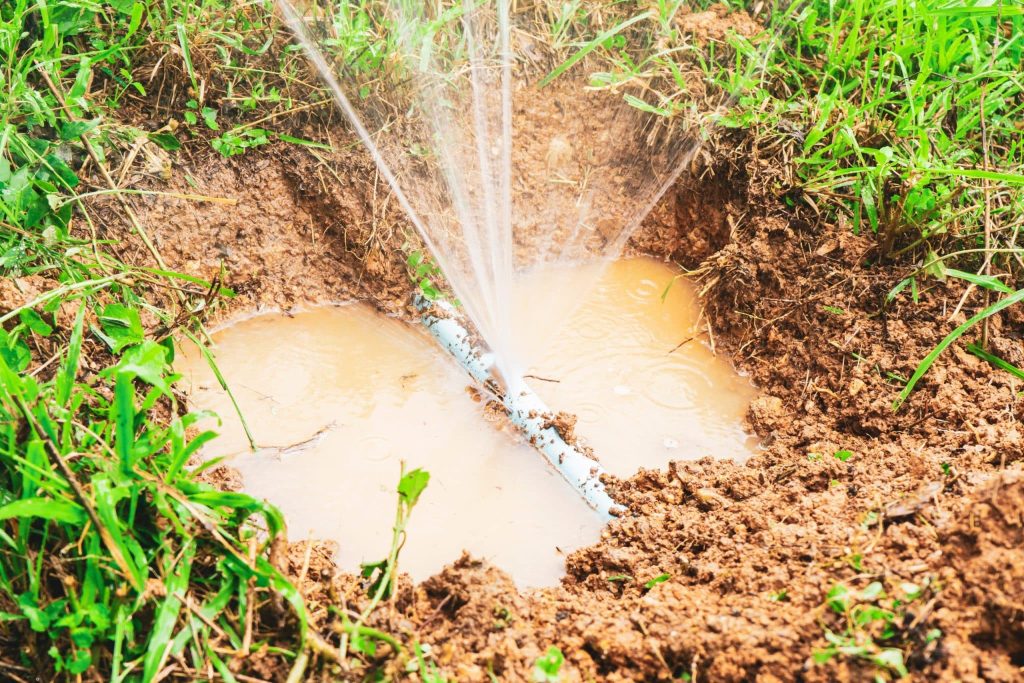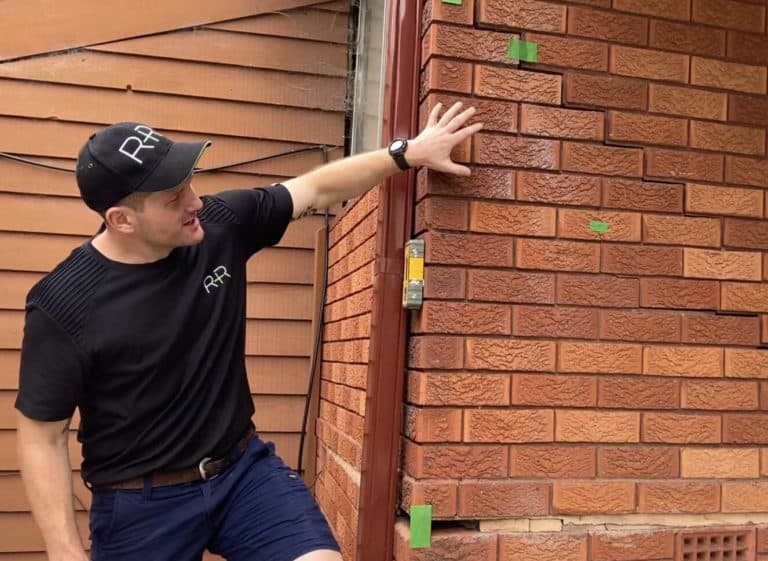Have you ever seen huge depressions right across a busy street? Many of you may have seen them, but some of you may not know that they are sinkholes, which form due to natural disasters or a chemical reaction.
What are sinkholes?
Sinkholes can appear anywhere, but they do not form in a fraction of a second. Sinkholes take time from months to years to appear. Sinkholes can be a slight depression or several kilometers deep in the ground.
Proper action against warning signs can reduce the risk of sinkholes forming. This is necessary because sinkholes not only destroy homes or your cultivated areas but can also take many precious lives.
Now, you may be wondering what signs you should look for to avoid this disaster, so stop worrying because you have landed on the right platform. This article will help you know the warning signs you need to look out for to avoid sinkhole formation.
Before we move on, let’s take a quick look at how sinkholes form.
How sinkholes are formed?
As discussed above, sinkholes form due to a chemical reaction and are more common in areas with a moist climate and the presence of limestone. However, the presence of limestone alone is not sufficient to cause sinkholes to form. It works in combination with a moist climate.
So, when rain falls on the ground, the rainwater seeps into the road, where the soil absorbs carbon dioxide and begins to react with the decaying vegetation. As a result, slightly acidic water is formed.
This acidic water causes cracks from which the water slowly moves to the subsoil, causing the limestone to dissolve. This dissolution forms a network of cavities and voids. The pores and cracks begin to widen and carry even more acidic water. Thus, when the soil surface sinks into these cavities, sinkholes are formed.
Some geologists believe that the giant sinkholes in the world are the result of mining activity. However, there are some exceptions that result in sinkholes.
1. If the rocks below the surface consist of dissolving materials such as limestone or gypsum.
2. The rock below the surface layer is not dissolved but rather consists of small grains that are easily washed away by water.
3. Water movement on the surface due to a storm or heavy rainfall also results in sinkholes.
Now you know how sinkholes form and do not want to risk human lives, please, never avoid the warning signs below.
Warning signs you should look out for to avoid sinkholes
Here are the warning signs of a slow-moving sinkhole:
1.You’ll find fresh cracks in the foundations of buildings and homes.
2.Cracking in the interior walls
3.The outside ground begins to start cracking
4.Ground depression
5.Trees or fence posts leaning or falling over
6.It will become difficult to open and close doors or windows
7.A rapid hole start appearing in the ground
Bottom line!
Sinkholes are natural disasters, but fortunately, you can reduce their risk because they take months or years to form. So just watch out for the warning signs, especially if you know your area is rich in limestone and the climate is moist.

